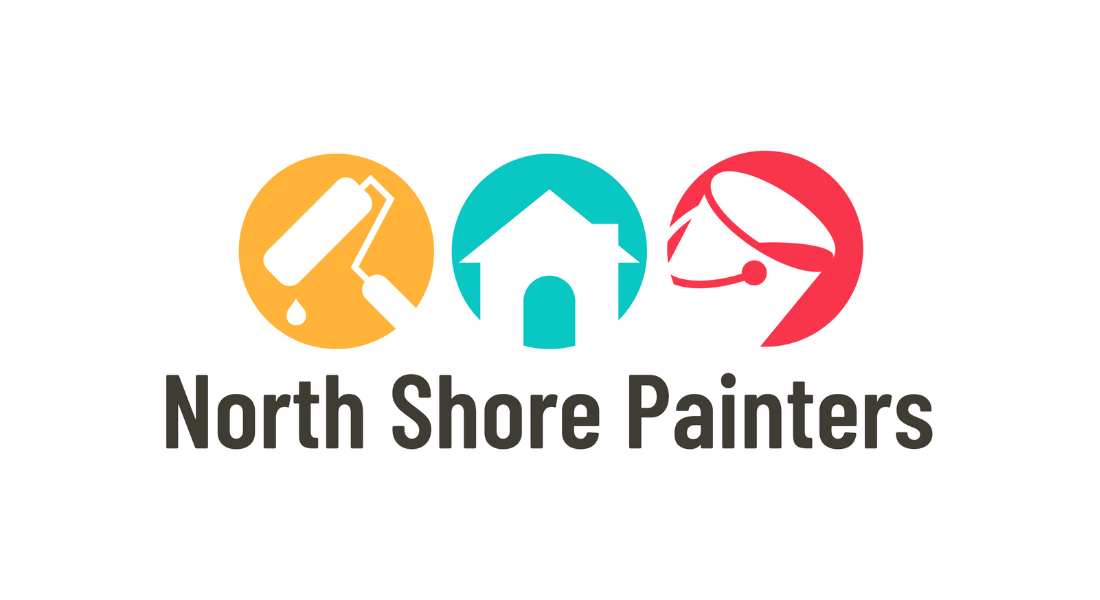Interior painting is an essential aspect of home maintenance that often goes overlooked.
It not only enhances the aesthetic appeal of your living space, but it also helps protect your walls from wear and tear.
However, determining how often to repaint your house’s interior can be a challenging task.
Let’s explore the factors that impact repainting timelines, the signs that indicate it’s time to repaint and the benefits of hiring a professional painter.
Signs It’s Time To Repaint The Interior
Over time, the paint on your walls will deteriorate, fade, and peel, but don’t just run in with a paintbrush hoping for the best. This will only result in common painting mistakes. Here are some signs that indicate it’s time to repaint your interior walls:
Fading colour:
If you notice that your walls’ colours have faded, it’s time to repaint. Fading occurs due to exposure to sunlight and UV rays.
Stains and marks:
Stains and marks on your walls are unsightly and can be challenging to remove. Repainting will help conceal these blemishes.
Peeling or cracking paint:
Peeling or cracking paint is a clear indication that it’s time to repaint. It’s also a sign that the previous paint job was not done correctly.
Visible wear and tear:
If your walls show visible wear and tear, such as scuff marks or dents, it’s time to repaint.
Outdated colour:
If your walls’ colour is outdated or no longer matches your decor, repainting is an easy way to update your living space.
Factors That Affect Frequency of Repainting
Several factors affect how often you should repaint your house’s interior. These include:
Type of paint used:
The type of paint you use determines how long your paint job will last. High-quality paint can last up to ten years, while lower quality paint may require repainting after only a few years.
Amount of natural light in the room:
Rooms that receive more natural light will fade faster than rooms that don’t.
Room temperature and humidity:
Rooms with high humidity levels may require repainting more frequently than those with lower humidity levels.
Amount of traffic in the room:
High traffic areas like hallways, foyers, and staircases will require more frequent repainting than bedrooms.
Cleaning frequency:
Regular cleaning can help extend the life of your paint job. However, using harsh chemicals or cleaners can damage the paint.
Recommended Timeline For Repainting
The recommended timeline for repainting your house’s interior depends on several factors. Here is a general guideline:
High traffic areas:
These areas, such as hallways, foyers, and staircases, should be repainted every 1-2 years.
Bedrooms and living rooms:
These areas can go 3-4 years between repaints.
Ceilings and trim:
Ceilings and trim can go 5-7 years between repaints.
DIY vs Professional Painting
Deciding whether to paint your interior yourself or hire a professional painter can be a challenging decision. Here are some pros and cons of both options:
Pros of DIY painting:
DIY painting is typically less expensive than hiring a professional. It also allows you to customise the paint job to your liking.
Cons of DIY painting:
DIY painting requires a lot of time, effort, and skill. If not done correctly, it can lead to unsatisfactory results.
Benefits of hiring a professional painter:
Professional painters have the necessary skills and expertise to ensure that the paint job is done correctly. They also have the necessary equipment and tools to complete the job quickly and efficiently.
Cost of Interior Painting
The cost of interior painting depends on several factors, such as the size of the room, the type of paint used, and the complexity of the project. Here are some factors that can affect the cost:
Room size:
Larger rooms will require more paint and more labor, which will increase the cost.
Type of paint:
Higher-quality paints will cost more than lower-quality paints.
Paint colour:
Darker colours may require more coats of paint, which can increase the cost.
Complexity of the project:
If your project involves intricate details, such as trim or wallpaper removal, it can increase the cost.
On average, the cost of painting an interior room can range from $300 to $800.
How To Extend The Life Of Your Interior Paint Job
Here are some tips to help you extend the life of your interior paint job:
Regular cleaning and maintenance:
Regular cleaning and maintenance can help prevent damage to your walls and extend the life of your paint job.
Choosing quality paint and materials:
Choosing high-quality paint and materials can help ensure that your paint job lasts longer.
Properly preparing the surface before painting:
Properly preparing the surface before painting can help ensure that the paint adheres properly and lasts longer.
Avoiding harsh chemicals and cleaners:
Harsh chemicals and cleaners can damage your paint job. Use mild cleaners and avoid using abrasive sponges or scrub brushes.
Regular inspections for signs of wear and tear:
Regular inspections can help you catch signs of wear and tear early, allowing you to address them before they become more significant problems.
FAQ
Q: How long does it take to paint a room?
A: The time it takes to paint a room depends on several factors, such as the size of the room, the complexity of the project, and the skill level of the painter. On average, it can take 1-2 days to paint a standard-sized room.
Q: Can I paint over old paint?
A: Yes, you can paint over old paint. However, it’s important to ensure that the surface is clean and free of debris before painting.
Q: How do I choose the right paint colour for my room?
A: When choosing a paint colour, consider factors such as the room’s purpose, the amount of natural light it receives, and your personal preferences. It’s also helpful to get samples and test them on your walls before committing to a colour.
Q: How do I prepare a room for painting?
A: Before painting, you should remove any furniture and decorations from the room and cover the floors and remaining furniture with drop cloths. You should also fill in any holes or cracks and sand the surface to ensure a smooth finish.
Q: Can I paint my walls if I have wallpaper?
A: Yes, you can paint over wallpaper. However, it’s essential to ensure that the wallpaper is securely attached to the wall and that any loose edges or corners are glued down before painting.
Conclusion
Regularly repainting your house’s interior is essential to maintain its appearance and protect your walls from wear and tear. Factors such as the type of paint used, the amount of natural light in the room, and the amount of traffic the room receives can impact how often you should repaint.
While DIY painting can be an option, hiring a professional painter can ensure that the job is done correctly and efficiently. By following the tips we’ve outlined, you can extend the life of your interior paint job and enjoy a beautiful living space for years to come.


0 Comments